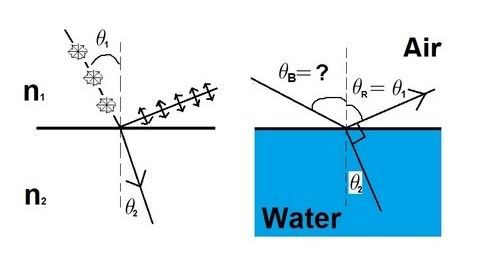物理 53 偏振(5 之 5) 布儒斯特角 (Physics 53 Polarization (5 of 5) Brewster's Angle)
kevin 發佈於 2024 年 10 月 02 日  沒有此條件下的單字
沒有此條件下的單字- v.t.裝出;假裝;以為;(想當然地)認為;承擔;就任
US /fɪˈnɑməˌnɑn, -nən/
・
UK /fə'nɒmɪnən/
- n. (c./u.)條件;條款;期間;期限;學期;術語;關係;項;妊娠期;任期
- v.t.命名
US /ˈriəˌlaɪz/
・
UK /'ri:əlaɪz/
